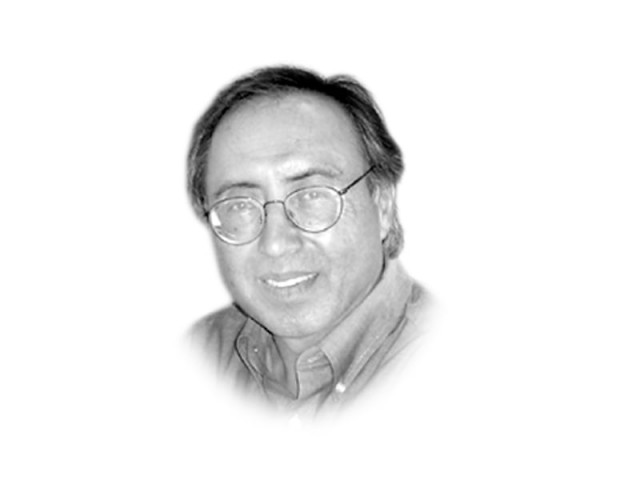Changing village culture
Three obvious factors of change are: urban migration, remittances, and use of technologies for agricultural production


Among many factors and reasons, two obvious agents of change in every society are technology and economic development. Let me also add to them the role of ideas in moving a society forward. All these factors have shaped the process of change in the West and many of the post-colonial developing societies. The rate of cultural reorientation varies greatly and depends on when, how and in what measure economy and technology have begun to affect society at the grassroots level. This explanation is necessary because the ‘popular’ social discourse in the country is that nothing has changed, or will ever change. This is a point of view that conflicts with history and common sense.
One more thing that we must keep in mind is that cultural changes are neither uniform in a diverse society like Pakistan nor are their rate of change similar. The explanation lies in uneven economic and social developments across the regions. Most economists and sociologists tend to look at the bigger national picture or overly focus on the urban areas. The villages or rural areas are just considered a cesspools of backwardness, fixed in time and the old feudal, tribal culture holding the population hostage to tradition. While this view is not entirely untrue, what I contend is that the villages are changing, and particularly in central and northern Punjab, they have changed in many ways. Also, in those districts of Khyber-Pakhtunkhwa and Balochistan, from where internal migration for work and resettlement in other provinces and overseas employment in the Middle East has been greater, rural life has changed.
Three obvious factors of change are: urban migration, remittances of overseas workers, and use of new technologies for agricultural production. They have all varyingly contributed to changes in the assets families possess, their relative wealth and means of social mobility. Just consider three important indicators — our annual remittances touching $14 billion, Karachi becoming the fastest urbanising city in the world, and Pakistan as a whole becoming the fastest urbanising country. What all this shows are the changes that are taking place in the rural areas. The surplus rural labour and the new middle class is migrating to the cities, one for employment, and the other for better services in health and education. Second, the migrant workers are not only bringing in money to the rural economy, but also ideas and experience about how people in urban areas and the world outside live. Third, the electronic media and communication technologies have brought other worlds into rural households.
These discernible cultural changes can be seen in individual autonomy, the emphasis on education and political aspirations for better governance and more development.
Published in The Express Tribune, October 1st, 2014.
Like Opinion & Editorial on Facebook, follow @ETOpEd on Twitter to receive all updates on all our daily pieces.














COMMENTS
Comments are moderated and generally will be posted if they are on-topic and not abusive.
For more information, please see our Comments FAQ